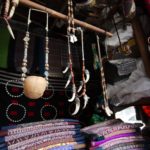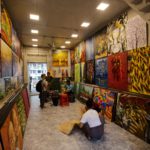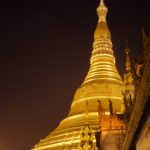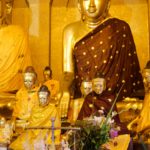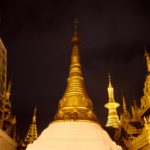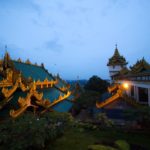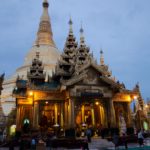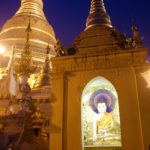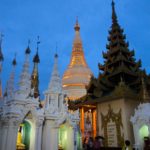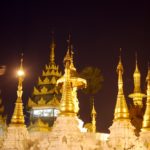I headed out this morning to grab some food and check out the local produce at the Bogyoke market. Expecting a mad bustle of yelling people, instead I found a sprawling labyrinth of well organised and beautiful shops stuffed with intricate and beautiful handmade artwork and ornaments.
I would very much have liked to buy something, as it all had the authenticity which I desperately sought on my travels around China… but it all looked far too fragile to stuff into my backpacking rucksack to be hauled around Myanmar in the pouring rain. Perhaps next time!
After a (super spicy) lunch, I wandered out and along the road, past some worn-down mansions and the Holy Trinity (colonial-era church) to my afternoon/evening destination.

So, I would like to present, the Shwedagon Paya, the largest, holiest Stupa in Yangon:
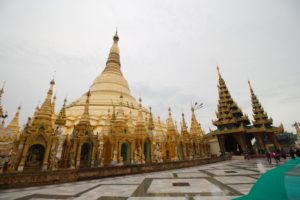
After my brief introduction to Buddhism yesterday by the somewhat sketchy Tiang Tang (nice enough, but he was clearly buzzing on betel nuts) I was reluctant to pay another guide for a similar experience at the bigger pagoda. But this afternoon, I was fortunate enough to meet Uncle Khaing. He approached me saying he was a storyteller who knew loads about Buddhism and some badass photo spots (not his exact words) and offered me an up front fee of $5. So, why not?
I gained a little insight into the days of Buddhism and their significance, and would like to share these with you on my separate post: Feature on Burmese Buddhism
In the meantime, here are some funky pictures of my wander around the Shwedagon Paya:
Over and out for today!
